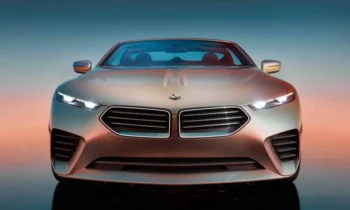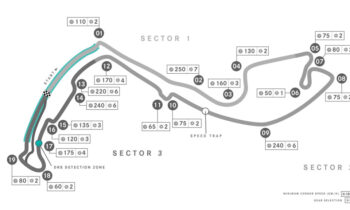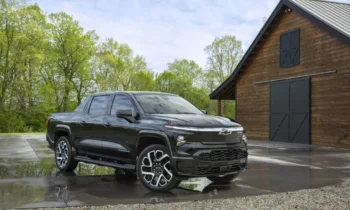The Problem
“This proposed regulation represents overreaching by the agency, runs contrary to the law and defies decades of racing activity where EPA has acknowledged and allowed conversion of vehicles,” said SEMA President and CEO Chris Kersting. “Congress did not intend the original Clean Air Act to extend to vehicles modified for racing and has re-enforced that intent on more than one occasion.”
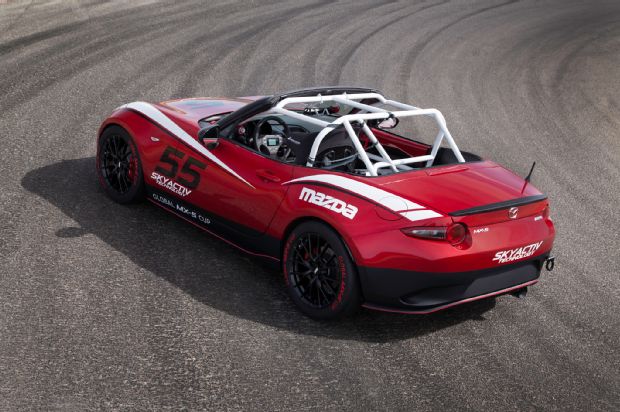
We spoke to Steve McDonald, SEMA’s vice president of government affairs, who pointed out a section of the proposed EPA rules for Heavy- and Medium- duty trucks above a GVRW of 8,500 pounds. On page 40,566, section 86.1854-12, under Prohibited Acts, the EPA is proposing that: “Certified motor vehicles and motor vehicle engines and their emission control devices must remain in their certified configuration even if they are used solely for competition or if they become nonroad vehicles or engines.” It is important to note that the EPA defines “nonroad” vehicles as locomotives, dirt bikes, ATVs, and other machinery that isn’t commonly considered a motor vehicle to begin with; but McDonald contends that the EPA clarified in a January 20, 2016, meeting with SEMA that the proposed rules would reach out to the “light-duty” market—vehicles with a gross vehicle weight ratings (GVWR) of less than 8,500 pounds—despite the proposed rules aiming at larger Heavy- and Medium-duty trucks.
Additionally, the EPA has responded to SEMA’s claims, and states that they are merely clarifying the language in the Medium- and Heavy-Duty Greenhouse Gas rule set. EPA released this statement:
“People may use EPA-certified motor vehicles for competition, but to protect public health from air pollution, the Clean Air Act has – since its inception – specifically prohibited tampering with or defeating the emission control systems on those vehicles.
The proposed regulation that SEMA has commented on does not change this long-standing law, or approach. Instead, the proposed language in the Heavy-Duty Greenhouse Gas rulemaking simply clarifies the distinction between motor vehicles and nonroad vehicles such as dirt bikes and snowmobiles. Unlike motor vehicles – which include cars, light trucks, and highway motorcycles – nonroad vehicles may, under certain circumstances, be modified for use in competitive events in ways that would otherwise be prohibited by the Clean Air Act.”
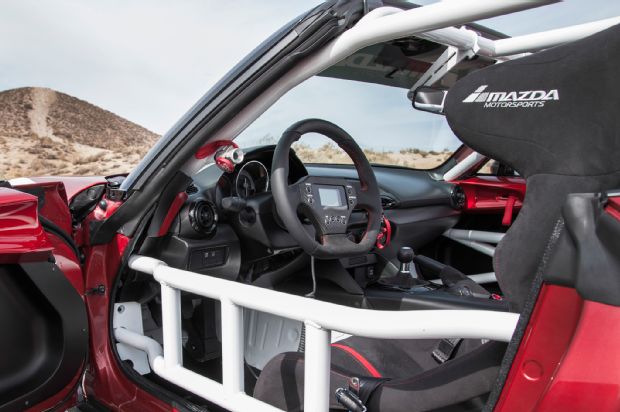
Essentially, what the EPA is saying is that the rules change was put in place to better tailor emissions rules for these nonroad vehicles, and that removing EPA certified emissions systems is still illegal. Which, is true—even when local emissions laws, which are decided by the state and county in which you reside, do not require or enforce that emissions equipment is present and/or functional, you are still breaking federal law if you remove emissions equipment, like a catalytic converter; but Congress has expressed that these laws are not intended for dedicated competition vehicles.
Despite this discrepancy on part of the current EPA administration, the EPA goes on to say that, “This clarification does not affect EPA’s enforcement authority. It is still illegal to tamper with or defeat the emission control systems of motor vehicles. In the course of selecting cases for enforcement, the EPA has and will continue to consider whether the tampered vehicle is used exclusively for competition,” says the EPA. “The EPA remains primarily concerned with cases where the tampered vehicle is used on public roads, and more specifically with aftermarket manufacturers who sell devices that defeat emission control systems on vehicles used on public roads.”
The Solution
The EPA plans to meet in July to publish final regulations.

